I have a client in NodeJS using the MQTT module (mqtt.js) to communicate with a topic of WebSphere MQ, redirected to a queue : I need the result to be on a queue so I use a topic between the source and the destination (since MQTT protocol communicate only with topics).
So we have : NodeJS (source) -> Topic of Websphere MQ (intermediate) -> Queue of Websphere MQ (destination)
The problem is that the received messages on the queue of WebsphereMQ are MQHRF2 format but I need MQSTR.
I did not find any property in mqtt.js side to specify the format.
I supposed we can force it with IBM Websphere MQ, but how ? Can I create a channel or anything for this use, that's to say convert the receiving format ?
Thanks in advance for your help !
Configuration :
Constrains :
- WebSphere MQ must be v7.5 (so I can't upgrade to v8 to use mqlight)
- Better stay with the module MQTT.js
It works correctly when I publish directly on a topic via the WebSphere MQ explorer. However, it fails when I publish from the NodeJS application.
I tried both methods listing in the comments but I found a weird thing : The result is different according to if I use MQExplorer (what I always used) or the MQ console :
On the MQ Console, with the command : amqsbcg QUEUE_MQTT_VERIF MQTTVerification :

As you can see, in the console, the format field is empty, whereas on the MQExplorer it is MQHRF2. The messages are also different.
So the result on the MQConsole is right whereas the MQExplorer still shows a wrong result after the changes. Note that the result is right only if changes has been done on both :
- Subscription : ALTER SUB(APPLE.PRICES) PSPROP(NONE)
- Queue : ALTER QLOCAL(PRICES) PROPCTL(NONE)
Maybe the source of the problem is just the display on MQExplorer software ?
EDIT:
The difference between MQExplorer and MQConsole was due to the parameter in MQ Explorer : Window -> Preferences -> WebSphereMQ Explorer -> Message properties -> Uncheck "Display message properties".
